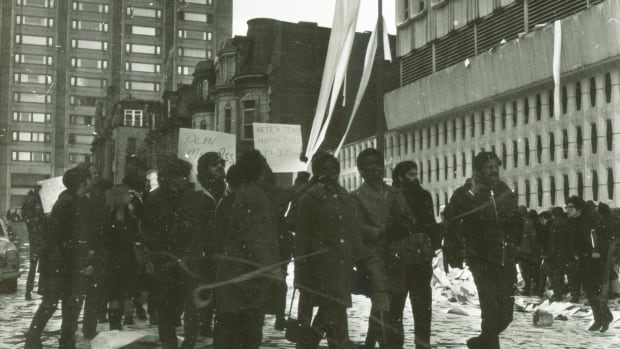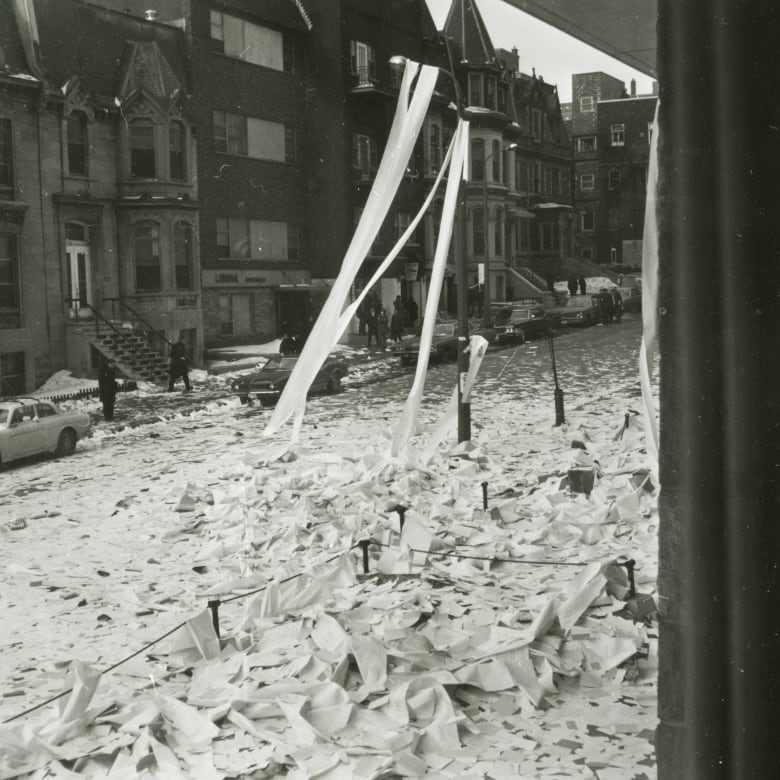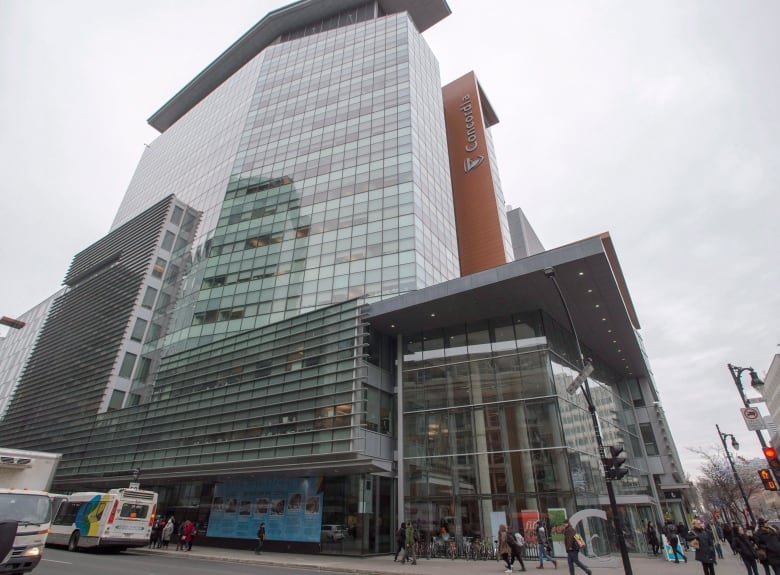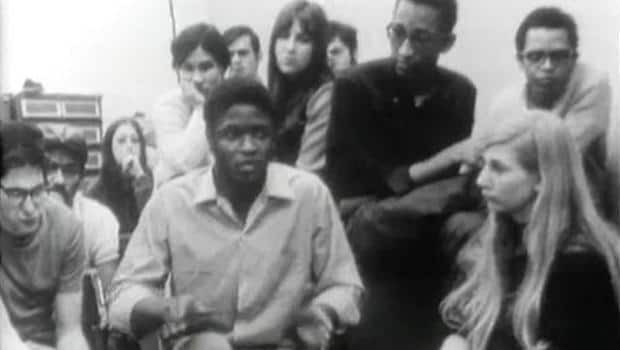
In a first step toward mending its relationship with Black students, faculty, staff and the community at large, Concordia University has issued a public apology for its role in the historic 1969 student protests at its downtown Montreal campus.
The apology was delivered during a Friday afternoon news conference by university president Graham Carr. Two of the students who played major roles in the protests, Rodney John and Lynne Murray, were present.
The apology is in response to the top recommendation in a 97-report from the university’s task force on anti-Black racism.
The task force was formed in 2020 after a Minneapolis police officer murdered George Floyd, whose his death sparked global protests as well as the growth of the Black Lives Matter movement. The task force’s goal was to come up with recommendations “anchored in the lived experiences of Black faculty, staff and students, in employment, policies, teaching and learning practices.”
But before tackling its future, the university must first deal with its past, the report states.
The 1969 Black student protests, also known as the Sir George Williams Affair or the Computer Riot, was a 13-day occupation of the computer centre on the ninth floor of the Hall Building.
In the year leading up to the occupation, six Black students, including John and Murray, had accused biology professor Perry Anderson of discrimination and had demanded a university investigation into those claims.
On Jan. 29, 1969, after 10 months of inaction by the university, the six complainants and about 200 hundred other students barricaded themselves inside the computer room, with the occupation eventually spreading to a room on the building’s seventh floor.
On Feb. 11, thirteen days into the standoff, a negotiated deal between the students and the administration fell apart after about half of the protesters had already left the building.
Police were called in.

The remaining students barricaded themselves once again and began smashing computers. Countless punched computer cards and other documents were sent flying out the windows, littering de Maisonneuve Boulevard and surrounding streets.
In total, 97 students were arrested. At the time, the damages were estimated at about $2 million. In the summer of that year, the university determined that the biology professor at the heart of the student complaints was not guilty.
In the apology, the university’s president acknowledges that the students’ complaints were largely ignored, mismanaged and dismissed, and the arrests had serious consequences for many students, including jail sentences, deportation, psychological trauma and the disruption of academic careers.

Carr describes the university’s handling of the protest as a “stark manifestation of institutional racism” and says Friday’s apology is a “long overdue, necessary step.”
“Concordia University, with the support of its bard of governors, apologizes for the decisions and actions of university leaders at the time. We also apologize for the harm that was caused to Black students at the university and for the negative impact felt by Black communities in Montreal and beyond,” he said.
“Today, we must recognize how institutional racism manifests itself, not just historically, but in the current reality of our education systems, including higher education…. Yes, this public apology reflects our need to question past ideologies and past acts. It also holds us accountable to do better and reflects our commitment to strive every day to be a community where everyone can feel that they belong.”
To read the task force’s final report, click here.
Black students occupy a computer centre to protest discrimination at a Montreal university. Aired on Feb. 2, 1969 on CBC-TV’s The Way It Is.
For more stories about the experiences of Black Canadians — from anti-Black racism to success stories within the Black community — check out Being Black in Canada, a CBC project Black Canadians can be proud of. You can read more stories here.

